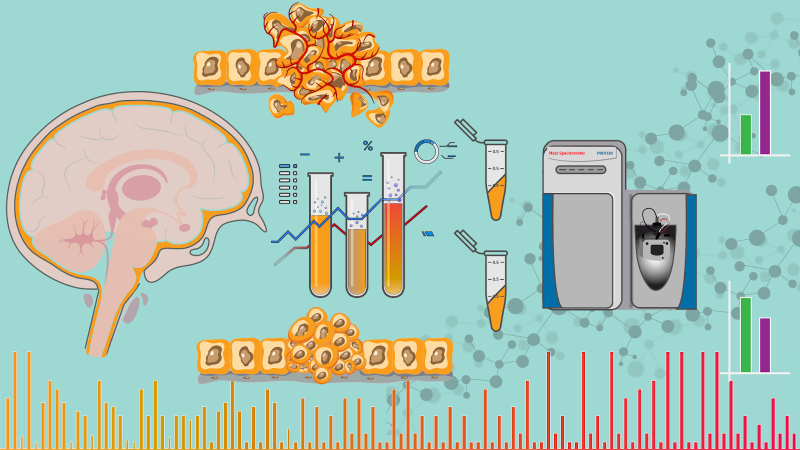Photo Credit: Dennis C. Joy / Research Matters
In 1948, celebrated physicist and Nobel laureate, Richard Feynman introduced what came to be called Feynman diagrams. These were a pictorial representation of mathematical equations and served as a powerful tool in understanding and visualizing complex interactions between sub-atomic particles like protons and electrons. But this simplistic tool could not handle complex problems, where particles underwent many interactions, but instead produced incomprehensible and confounding answers, like infinities.
Now, a group of Indian theorists comprising Prof. Rajesh Gopakumar from the International Centre for Theoretical Sciences (ICTS), Prof. Aninda Sinha from Indian Institute of Science (IISc) and his students Apratim Kaviraj, and Kallol Sen from IISc and Kavli Institute for the Physics and Mathematics of the Universe, The University of Tokyo, Japan, have developed an alternative version of such diagrams that avoids some of the complexities of Feynman diagrams, while providing much more ease and accuracy computationally. Their work titled ‘Conformal Bootstrap in Mellin space’ was published in the prestigious journal - Physical Review Letters, on the 21st of February, 2017.
Quantum physics, the physics that describes the sub-atomic world, is often non perceptive and unintuitive. Unlike macroscopic objects that we interact with on a daily basis, the properties of subatomic particles differ quite dramatically. For example, a sub-atomic particle can exist in multiple locations and multiple states, at the same time. This makes studying the interactions between sub-atomic particles a very difficult problem.
Feynman diagrams provide an easy way out, by allowing one to create a graphical representation of such interactions, thus simplifying calculations. However, with advances in technology like the Large Hadron Collider (LHC) at CERN, we are now able to measure properties of the sub atomic particles with ever increasing accuracy. Calculating the same properties to similar accuracy using Feynman diagrams is time consuming and often impossible as it becomes tricky to handle the infinities that typically pop up.
For the current study, the researchers revived an idea first proposed four decades ago. “In the 1970’s, a brilliant Soviet physicist named Alexander Polyakov first formulated the basic structure of what’s called the conformal bootstrap method, which was used to solve equations in Conformal Field Theory (CFT), by exploiting certain symmetries of systems. Back when it was proposed, it was very obscure and nobody really understood it. In one of my earlier works, we revisited this method and that got me started on this current program. In our current work, we built on this idea to develop the new method”, says Prof. Aninda Sinha, Professor at the Centre for High Energy Physics at IISc.
For their new method, the team used ideas from string theory to build upon Polyakov’s ideas. The researchers implemented the conformal bootstrap method using Witten diagrams, which are simpler Feynman diagrams with one higher dimension of space- known as Anti de Sitter (AdS) space-time. They then tested the validity of the new approach by calculating various experimentally measurable quantities of liquids like water, at their critical point. The critical point, is a special temperature and pressure at which the liquid-vapour transition of water, has the simultaneous coexistence of liquid and vapour. “These points have enhanced symmetries and are described by the Conformal Field Theories. On applying our method on the CFT that governs the critical point of water, we were able to determine various physical quantities of these critical points which would be very difficult to compute using Feynman Diagrams”, remarks Prof. Rajesh Gopakumar, Director of ICTS.
Although the researchers have just proposed a methodology to solve difficult problems in quantum physics, the tools used to develop the new method may be pointing at a new description of the building blocks of the universe. “What does one mean by String theory? It basically means that there are an infinite number of higher mass particles. All the possible excitations to a particle are present, with each excitation representing a higher mass particle. It is becoming clear when we look at these equations that there could be some kind of structure similar to what’s proposed by string theory. So it is possible that these equations might be pointing towards string theory, but which one? It could be one of the existing string theories or indicating at some new physics. If I were a betting person, I would say that this is pointing towards some new physics, which needs to be explored”, concludes Prof. Sinha.
